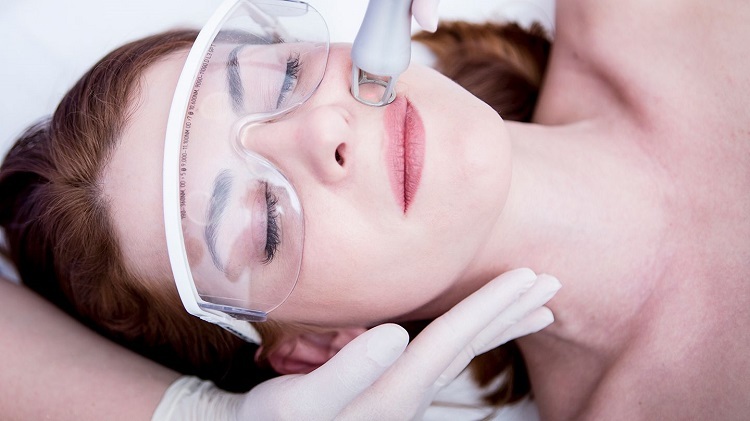The link between sunlight exposure and skin cancer has been well established for some time. Yet until recently, medical science has not understood the mechanism behind that link. Recently released research from Cornell University may have the answer, as well as a possible cure for the most deadly cancer known to man: melanoma.
Skin cancer is by far the most common form of cancer among humans. A person diagnosed with skin cancer could have one of six different kinds: basal cell, squamous cell, melanoma, Merkel cell, lymphoma, or Kaposi sarcoma. Melanoma is less prevalent than basal or squamous cell, but it is the deadliest of all six forms of skin cancer.
There is good news in that Cornell researchers think they have uncovered the mechanism that turns normal skin cells into cancerous melanomas. And surprisingly, that mechanism appears to be the skin’s natural response to sunlight.
Table of Contents
Normal Genetic Mutations
Melanoma is a cancer that affects skin cells known as melanocytes. Among the tens of thousands of cases of melanoma diagnosed each year, only a fraction involve cancers that developed in existing moles. The rest affected what appeared to be normal melanocyte cells. Cornell researchers wanted to know why, so they began studying how melanocytes work.
Melanocyte cells are those cells that produce melanin, the substance that gives skin its color. Melanin is a pigment that naturally protects the skin from sun damage. Furthermore, melanocyte cells naturally undergo a series of genetic mutations over a person’s lifetime. The cells have a built-in tolerance for the mutations up to a certain point.
By examining melanocyte stem cells and how they differentiate in relation to genetic mutations, researchers discovered that there is a tipping point in some people at which melanocyte cells reach a threshold of genetic mutations. When that threshold is reached, the affected cells are candidates for melanoma.
The mechanism that creates the cancer is exposure to sunlight. Under normal conditions, melanocyte cells begin producing pigment when exposed to direct sunlight. But in cells that have reached the genetic mutation threshold, melanin production is replaced by the introduction of a tumor. The very system that was intended to protect the skin against damage from the sun initiates the growth of cancer cells instead.
Fortunately, researchers may have also discovered a cure. They were able to genetically alter melanocyte cells from laboratory mice to overcome the threshold of genetic mutations that lead to cancer. The altered cells produced melanin when exposed to sunlight, rather than triggering cancer, after being reintroduced to the mice.
Take Care of Your Skin
More research will be needed to further develop what the Cornell researchers have discovered. If their conclusions turn out to be correct, they will change the way we deal with melanoma in the future. Until then, it is important that all of us do what we can to take care of our skin.
Poethique, a Massachusetts company that creates and distributes natural skincare products, recommends consumers practice standard procedures like using sunblock, wearing long sleeves and pants, and covering the head with a hat whenever going outside in the sun. They also recommend a daily skin care regimen that includes all-natural skin care products like a deep cleansing milk and facial healing oils.
Taking care of your skin helps to keep it healthy. And while daily skin care offers no guarantees of avoiding cancer, we do know that one of the best ways to reduce your overall chances of getting cancer is to live a healthy lifestyle. Good skin care can be part of that lifestyle.




